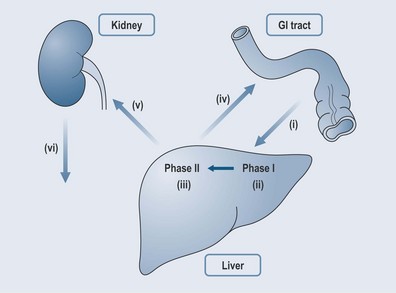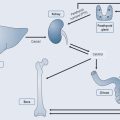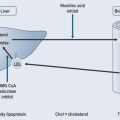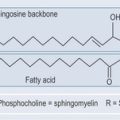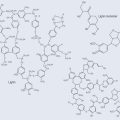Chapter 17 Metabolism
The Liver
Liver Enzyme Induction and Inhibition
Enzymes can be encouraged to speed up or slow down. For example, cytochrome p450 (the enzyme involved in phase I in the liver), of which there are several variations, can be particularly affected.
• Enzyme Inhibition
Certain flavonoids and furanocoumarins (see Chapter 21 ‘Phenols’, p. 156) inhibit cytochrome p450. Naringenin (found in grapefruits) is a well-known flavonoid that inhibits cytochrome p450; bergapten and quercitin also have this effect. Such inhibition can be a greater problem than enzyme induction, as an unusual rise of a drug or remedy in the system beyond its therapeutic limit can be harmful to the body.
The Gastrointestinal Tract
Enterohepatic Cycle or Circulation
Some chemicals metabolized in the liver are excreted in the bile, which passes into the intestinal lumen, to be once again reabsorbed by the intestinal cells and returned to the liver (Figure 17.1). This enterohepatic circulation prolongs the time the drug can spend in the body, because it is recycled.
Conjugated compounds are polar and therefore require active uptake by the cells in the lumen of the gastrointestinal tract; unconjugated compounds are non-polar and are more easily absorbed by the non-polar bilipid cell membrane (see Chapter 3 ‘Bonds found in biological chemistry’, p. 24). When conjugated compounds are returned to the gastrointestinal tract, the conjugate group can be cleaved from the drug, allowing the non-polar drug to be reabsorbed. In the enterohepatic cycle, these conjugates are cleaved from the drug by the commensals (the microbes present in the small intestine).

